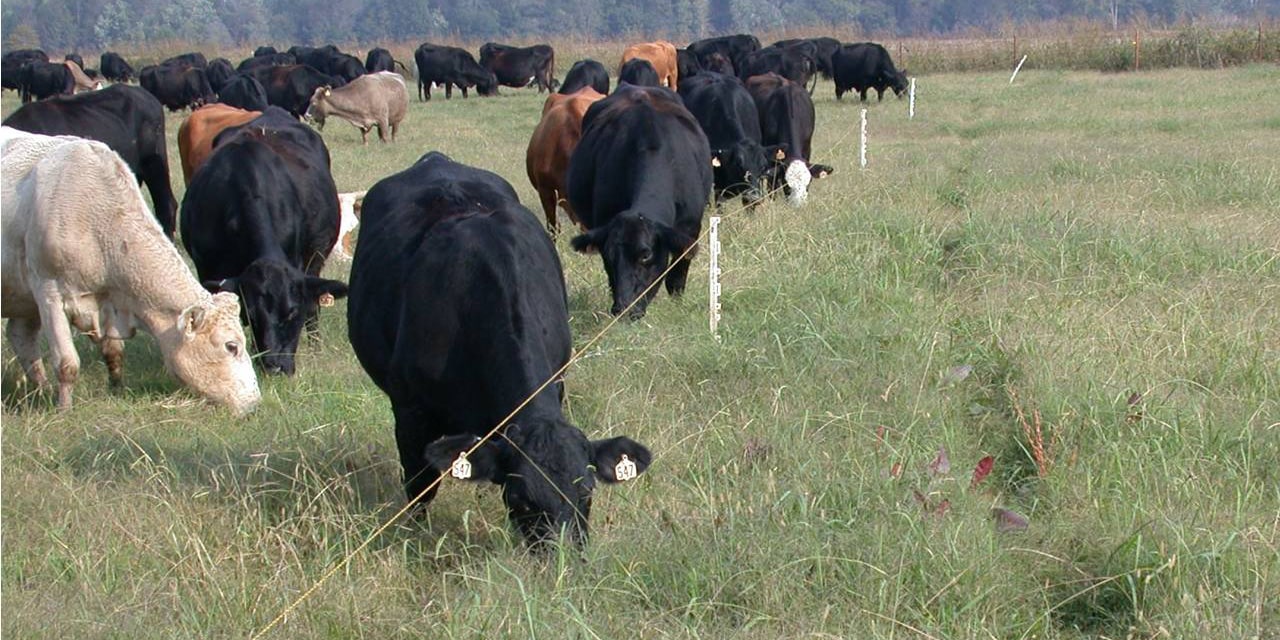Erastus Ngaruka
The grazing value and capacity of the land is a factor of certain attributes such as the soil condition, grass species composition, density, and abundance amongst others.
These attributes are further influenced by rainfall activities and the intensity of utilization of the grazing materials. Grazing management refers to the approaches that farmers use to ensure that their livestock have controlled access to a grazing area. This is basically done to prevent overgrazing and to ensure seasonal availability of grazing materials for their livestock.
Many areas in Namibia have lost their grazing values and capacities over the years principally due to overgrazing, and this is exacerbated by the erratic rainfall activities or the recurrent drought conditions. Overgrazing refers to continuous and excessive utilization of the grazing materials, mainly the grass plants without sufficient time to rest and recover or regrow. This leads to the depletion or disappearance of some sensitive and valuable grass species in the area.
The grass is the feed-base of grazing livestock such as cattle, sheep, donkeys, and horses amongst others and are the most vulnerable to starvation in drought periods when grass is scarce. The grazing habits of these animals have varying degree of impact on the grazing. For example, donkeys are heavy grazers, and sheep are selective grazers. Selective grazing is where the animal only selects to utilize certain grass species (e.g. Brachiaria nigropedata) that are more palatable or valuable than others.
When heavy and selective grazing pressure on the most palatable species is continuous over a longer time, these grasses are locally extinct or depleted. This leaves the less valuable grass species (e.g. Aristida stipitata) to dominate that grazing area. These are the grasses that animals have at their disposal during the dry season because they were least utilized during the active growing period (summer months) and had a chance to grow to maturity. Due to their rigid structure for example, the animals struggle to eat/digest them, limiting the daily intake.
Furthermore, overgrazing renders the soil unstable and infertile/unproductive because the removal of grass exposes the soil to adverse conditions such as heat, erosion, and compaction amongst others. For example, erosion removes the seeds and organic matter together with the soil, thus, inhibiting plant growth.
In addition, this reduces the competitive ability of the grass which then give rise to the establishment and dominance of other opportunistic plants such as the woody plants (bush encroachment). Overgrazing amongst others is considered the primary cause of rangeland degradation in Namibia because of the multiple impacts associated with grazing livestock.
One of the grazing practices used to avoid overgrazing is the rotational grazing system where animals periodically move from one grazing area to another. The practice allows grazing areas to be utilized and rested to recover for a certain period before they are grazed again. To achieve this, it is advisable for farmers to consider the following amongst others; firstly, the amount of grazing materials available should continuously satisfy the amount that is required by the animals. This means, appropriate stocking rates or the estimated carrying capacity of the grazing area should apply.
Secondly, the duration of grazing and resting allows animals to graze the area optimally and allow sufficient time for the grazing to recover (”graze-shorter-rest-longer”). This timing should also be informed by the intensity/level of grazing and the response of the grazing materials. Other factors to consider when planning grazing management include the availability and status of infrastructures such as the number and sizes of camps, and water availability and distribution.
In conclusion, it is worth noting that rainfall alone will not improve grazing conditions without sustainable grazing management practices which includes rangeland rehabilitation efforts. These include, rotational grazing, grass re-seeding, controlling soil erosion and bush encroachment, and stocking rate adjustments amongst others. However, the applicability of these practices will differ as per the characteristics and production system in each grazing area.
* Erastus Ngaruka is the Technical Advisor (Livestock & Rangeland)




